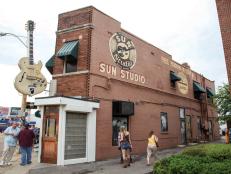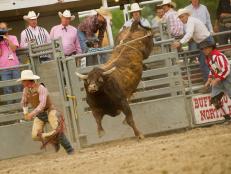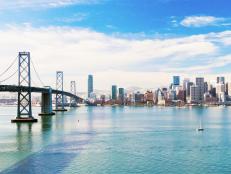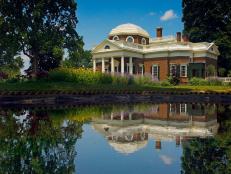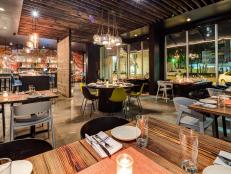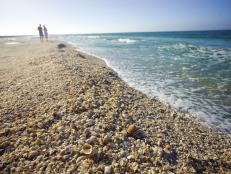Vegas Baby: Old School Cool
Sin City. The Gambling Capitol of the World. City of Lights. Still ranked in the top six as one of America’s most popular travel destinations, Las Vegas owes part of its allure to its larger-than-life fantasy world of hotels, nightclubs and casinos, especially at night when the city becomes a visually dazzling playground. The fountain show at the Bellagio, the view from the Eiffel Tower at Paris, a gondola ride at the Venetian and a ringside seat at the latest Cirque du Soleil production remain must-see attractions for most visitors. But what about those who want to experience some of the city’s old world glamour as depicted in movies of the forties and fifties? Here are some of our favorite attractions that remain essential, timeless destinations for any trip to Las Vegas.
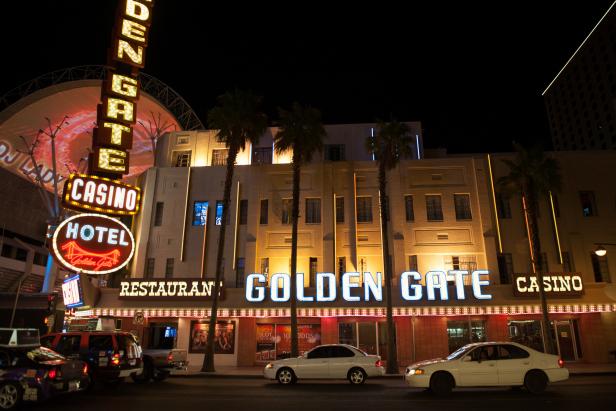
Golden Gate Hotel & Casino
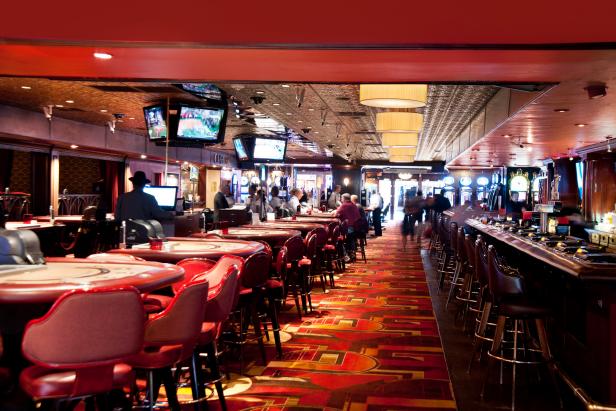
Golden Gate Hotel & Casino
The Golden Gate Hotel and Casino can proudly lay claim to being the oldest establishment still in operation on Fremont Street, the historic section of downtown known as “The Strip.” It first opened as the Hotel Nevada in 1906 but with gambling being outlawed in the city between 1910-1931, their casino operation didn’t really begin in earnest until 1955 when the owners opened the Golden Gate Casino. Over the years, the establishment has experienced numerous renovations and refurbishings and is considered one of the best boutique hotels in the city today.
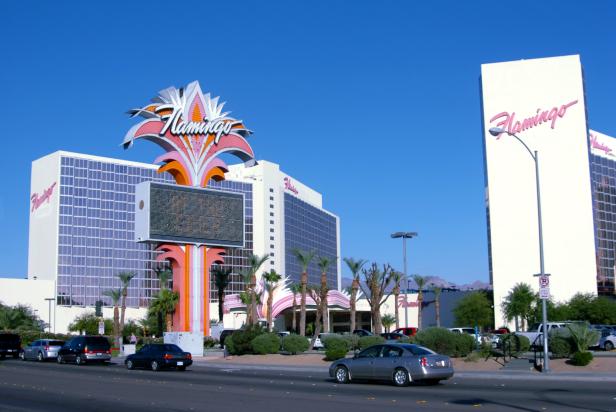
Las Vegas News Bureau
The oldest surviving casino from the early gambling heydays of Las Vegas is the Flamingo. When it was first opened in 1946 by well-known mobster Bugsy Siegel, the Flamingo Hotel and Casino was a swanky fusion of Art Deco style and Streamline Moderne architecture that was considered by many to be the first luxury hotel on the Strip. It has been featured in such films as Viva Las Vegas and the 1960 version of Ocean’s 11 but has come a long way since the Rat Pack days. Known today as The Flamingo Las Vegas, the operation stands as the epitome of a luxury resort with such additions as a wildlife habitat and a 15-acre Caribbean-style water park.
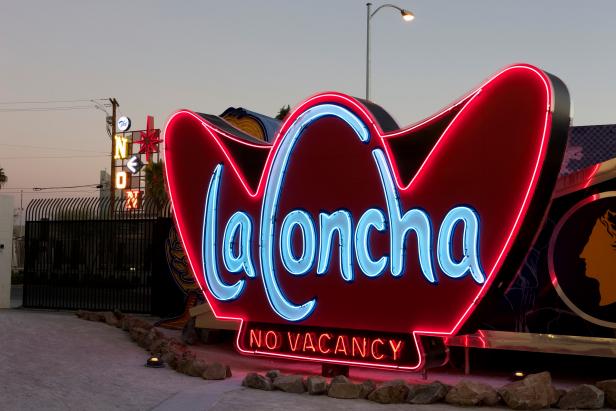
The Neon Museum
Some of the past glories and hot spots of Las Vegas nightlife such as The Silver Slipper casino and The Hacienda Hotel are no longer in existence but artifacts from the original locations live on for future generations to enjoy at The Neon Museum. Located at 770 Las Vegas Boulevard North, the popular tourist attraction first opened in 2012 after converting the renovated lobby from the defunct La Concha Motel into a visitor center. Their collection, on display in an outdoor exhibition area known as the “Boneyard,” features more than 200 signs including iconic images from the Sahara, Binion’s Horseshoe, the Lucky Cuss Motel, 5th Street Liquors and many more.
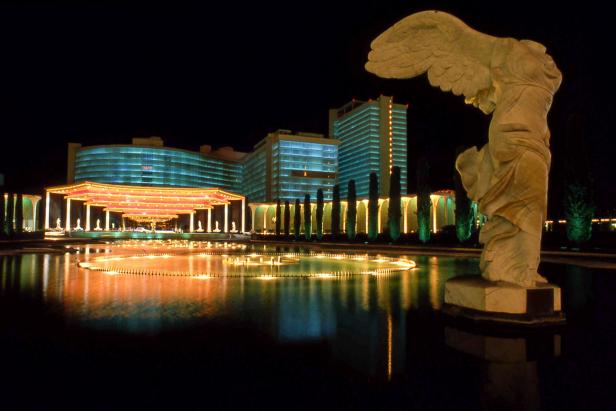
Las Vegas News Bureau
Celebrating its 50th Golden Anniversary in 2016, Caesars Palace remains the ultimate Las Vegas experience with its sprawling 85-acre complex of restaurants, luxury lodgings, casino, theater (The Colosseum), nightclub (Omnia) and the first high-tech Race and Sports Book. First opened in 1966 by builder and designer Jay Sarno, the Roman-themed resort with its imported marble statues and fountains showcased such top entertainers as Frank Sinatra, Paul Anka, Sammy Davis Jr., Tony Bennett and Johnny Mathis in their Circus Maximus Showroom (It closed in 2000 and was replaced by The Colosseum in 2003).
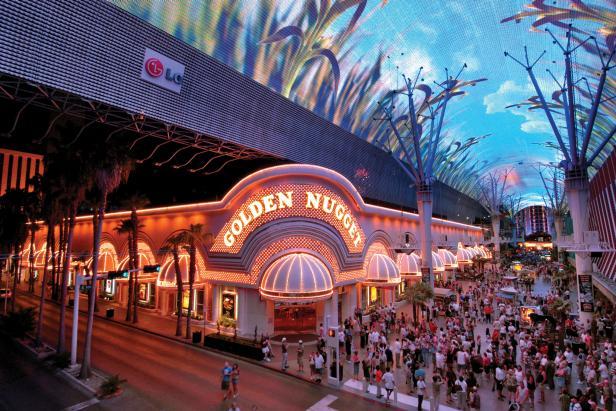
The Golden Nugget
The Golden Nugget Gambling Hall was one of the major attractions on Fremont Street when it first opened in 1946, sporting marble floors, mahogany bars and crystal chandeliers. Its exclusive status as a casino changed in 1977 when the owners expanded the operation to include an opulent hotel tower. Known today as The Golden Nugget Las Vegas, the casino has become a franchise with locations in other cities such as Biloxi and Atlantic City. You may have seen glimpses of the Las Vegas location in the James Bond adventure, Diamonds are Forever (1971).
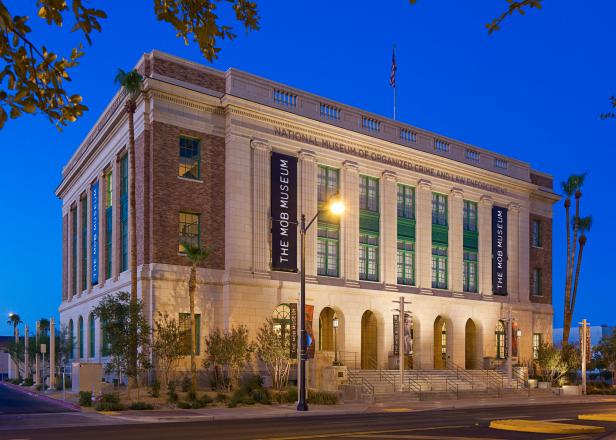
The Mob Museum
What would a trip to Las Vegas be without paying homage to some of the men who helped make it a world class gambling mecca: gangsters. The impact of organized crime on Las Vegas is well documented and The Mob Museum presents a fascinating history of major crime figures and events over the years through exhibits, artifacts, theater presentations and interactive environments. Housed in the former Las Vegas Post Office and Courthouse (built in 1933), the museum devotes sections to the national Kefauver Committee hearings of the early Fifties and the St. Valentine’s Day Massacre. Infamous mobsters such as Lucky Luciano, Mickey Cohen and Meyer Lasky are represented via artifacts as well as FBI agents like Joe Pistone who helped eradicate crime.
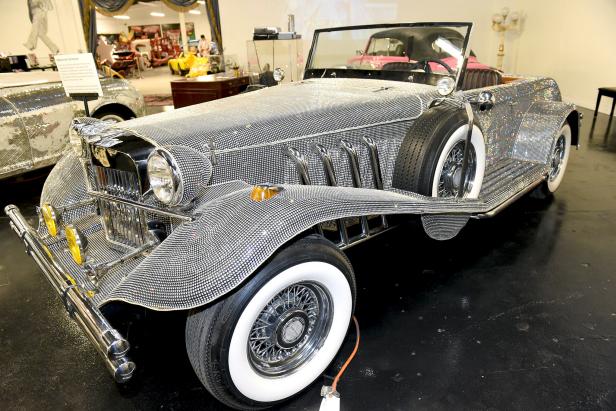
LVCVA (News Bureau at Las Vegas Convention and Visitors Authority)
When it comes to musical legends who enjoyed a long association with Las Vegas, it is hard to top Liberace’s four decade reign which began in 1944 and continued into the Eighties. Frank Sinatra and the Rat Pack, Wayne Newton and Elvis Presley were all kings of the Strip for a time but Liberace remains the epitome of Las Vegas royalty and his museum was a shrine to his stardom. The Liberace Museum originally opened in 1979 and showcased the entertainer’s costumes, pianos, cars and other items until it closed in 2010. Thanks to The Liberace Foundation for the Performing and Creative Arts, some of the original museum’s artifacts, especially Liberace’s cars, are being made available again for viewing at The Liberace Garage in a new location. Among the items on display are his rhinestone roadster (pictured), a red, white and blue Rolls convertible, and the London Taxi he used for picking up guests from the Palm Springs Airport.
